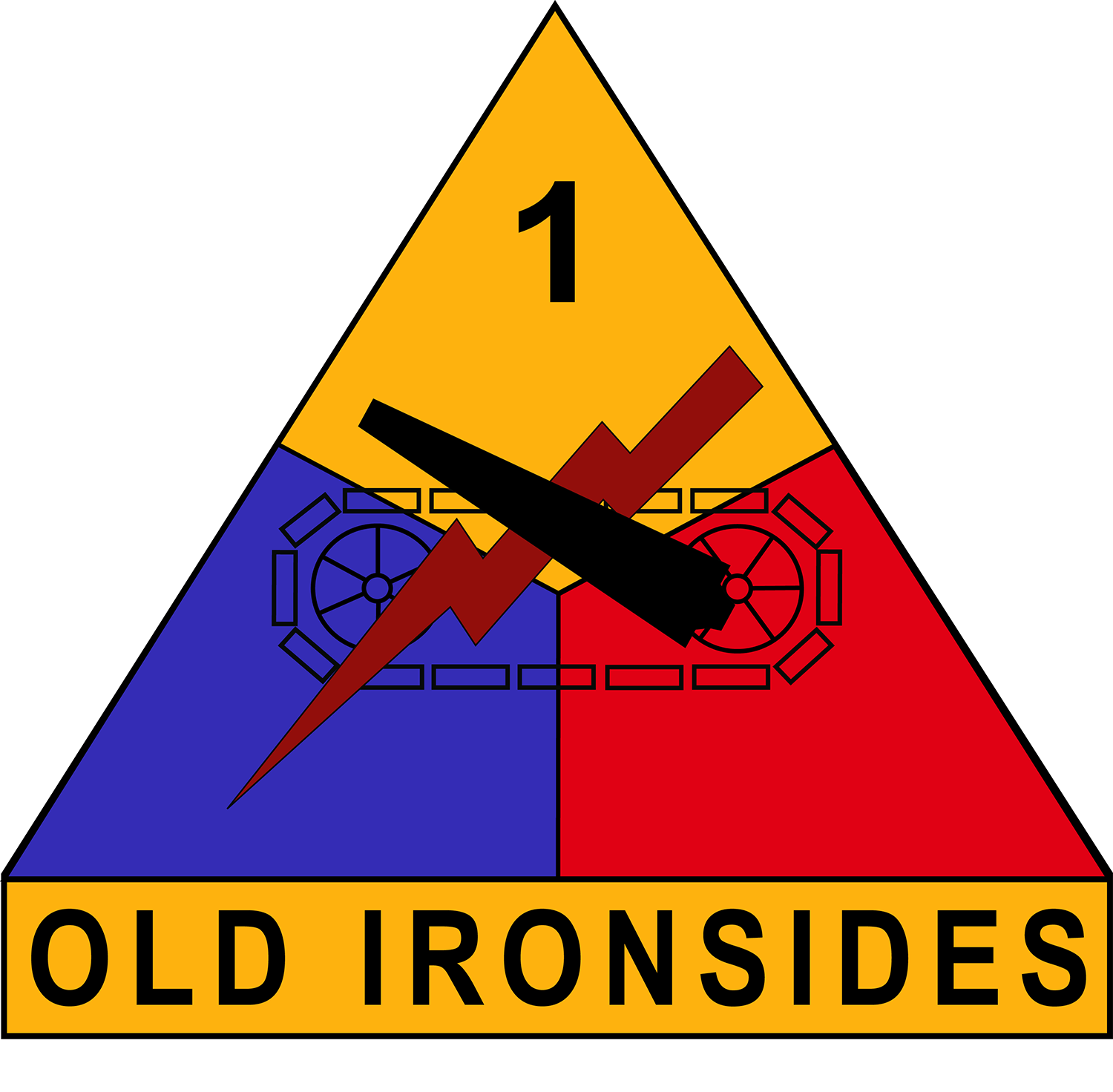
The Importance of Rebutting GOMORs
By Garrett Scocos, Fort Bliss Legal Assistance Office
Being issued a General Officer Memorandum of Reprimand should not be taken lightly because it is infamously known as a potential career killer. Unlike a run of the mill reprimand, a GOMOR is written by a general officer concerning a soldier under his or her command and can be written for any potentially serious misconduct that does not meet Army standards. Examples of such misconduct includes civilian criminal charges, inappropriate sexual relationships or conduct, Sexual Harassment/Assault Response and Prevention or Equal Opportunity violations and contributing to toxic leadership environments.
While it may at times seem like the threshold for receiving a GOMOR is really low, they do require a certain burden of proof. A commander giving a GOMOR to a soldier must believe by a preponderance of the evidence that the soldier committed the alleged misconduct. “Preponderance of the evidence” means the commander must believe the allegation is more likely than not true. To put this in the crudest of terms, they must believe by at least 51% that the alleged misconduct did occur.
Having a formal letter detailing deficient or substandard conduct can bring severe consequences to a soldier’s career and can carry a negative stigma. However, soldiers who have been issued a GOMOR have an opportunity to write a rebuttal. Soldiers generally have up to seven days within receiving a GOMOR to write a formal rebuttal. It is important for the soldier to pay close attention to their response deadline to ensure that their rebuttal is received, and they can tell their side of the story. Often an extension is available upon request. Upon receiving a GOMOR, a soldier should sign the acknowledgement of receipt and check the box on the appropriate sheet asking to “submit matters.” The soldier should then immediately schedule an appointment with their installation’s Legal Assistance Office. If needed, the soldier can request an extension by submitting a memorandum requesting the rebuttal due date be extended to meet with a legal assistance attorney. Legal Assistance will usually request a two-to-four-week extension.
Generally, there are three ways to rebut a GOMOR: deny the accusations, accept responsibility, or some combination of the two. A lot of thought should go into a soldier’s decision to deciding how to rebut a GOMOR because an admission made in their rebuttal could be used against them, but accepting responsibility for their actions is often the most successful method of rebutting, assuming there isn’t any evidence to support that the misconduct did not occur. Once a rebuttal is submitted, a soldier’s rebuttal is routed up through the chain of command up to the Commanding General. The CG will take into consideration the rebuttal matters submitted and make a filing determination.
The CG can choose to file the GOMOR in one of three ways: they can file it locally, file it permanently, or not file it at all. A local filing will result in the GOMOR being removed from the soldier’s local file within a set time frame, or when the soldier PCSs from the installation. If the GOMOR is filed permanently, it will be placed into the soldier’s Army Military Human Resources Record. If the GOMOR is placed in the soldier’s AMHRR, this could lead to ramifications for the rest of the soldier’s career. In addition to limiting opportunities for promotion, GOMORs filed in a soldier’s AMHRR can trigger the Army QMP process for enlisted soldiers, or the initiation of elimination for officers. Rebutting a GOMOR is an important opportunity to avoid this outcome.
If a GOMOR is filed permanently, AR 600-37, Ch. 7 outlines the process for which the soldier can request relief. Soldiers with a rank of E6 and above, or E6 and below by ETP only, can seek relief. There are two routes for seeking relief: via transfer to a restricted file, or removal. Requesting transfer to a restricted file requires the soldier to provide substantial evidence that the intended purpose of the GOMOR has been served, and that it is in the best interest of the Army to transfer the GOMOR. The soldier must have received at least one evaluation since the GOMOR was filed in their AMHRR to request a transfer. To request removal, a soldier must provide clear and convincing—meaning highly and substantially more likely to be true than untrue—evidence that the assertions made in the GOMOR are untrue or unjust in whole or in part. A permanently filed GOMOR cannot be removed simply by request. A CG’s request that it be removed is merely persuasive, and the Department of the Army Suitability Evaluation Board has the approval authority of appeal to grant or deny the approval request.
Common mistakes made by soldiers in their GOMOR rebuttals include grammatical errors, failure to take responsibility, focusing on irrelevant arguments, opening themselves up to further risk, and not following the writing and stylistic guides of AR 25-50. Scheduling an appointment with Legal Assistance is imperative to helping a soldier avoid these mistakes. GOMORs can have serious ramifications for a soldier’s career and should not be taken lightly. Therefore, rebutting the GOMOR in a proper, timely fashion is important for ensuring the soldier has the best chance of avoiding a permanent filing and jeopardizing their career.
To speak with an attorney on this subject, or any other topic, please schedule an appointment with the Fort Bliss Legal Assistance Office. Appointments may be made via email at usarmy.bliss.hqda-otjag.mesg.bliss-legal-assistance-office@army.mil, or via phone at (915) 568-7141 during business hours.




